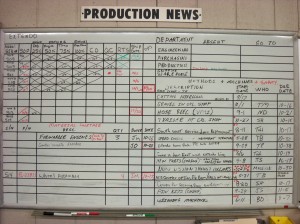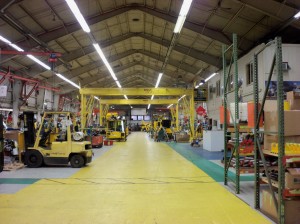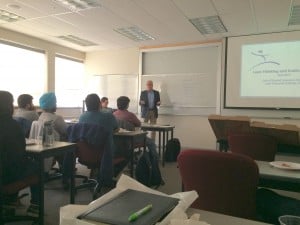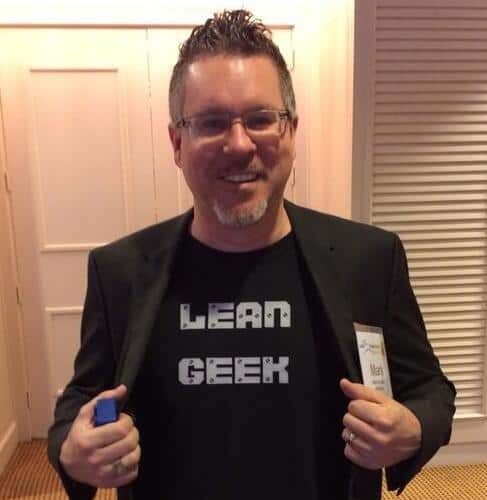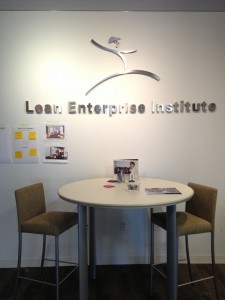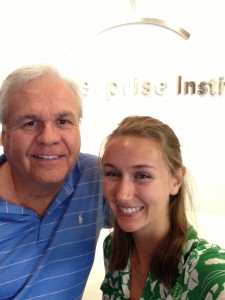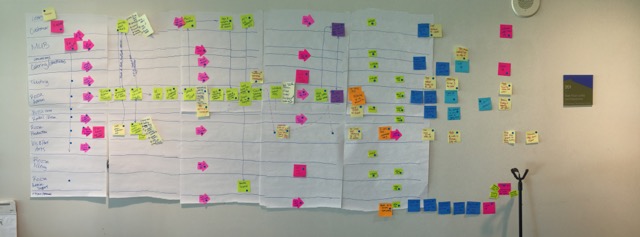I just got back from the national Society of Women Engineer’s (SWE) conference held this year in Nashville, TN. I was pleasantly surprised because there were three different sessions being held on continuous improvement. I was able to attend two of the three and really enjoyed them.
The first session I went to was titled “Shark Tank! A Creative Approach to Drive Continuous Improvement” and was given by Jennifer Walsh, an Engineering Program Group Manager from Medtronic. In the talk, Ms. Walsh presented some creative approaches to continuous improvement that I thought were great. An example was by using social media to convey ongoing continuous improvement techniques that were being used around her business unit.
The second session that I was able to go to was titled “The People Side of Lean” held by Kimberly Sayre, PE from the University of Kentucky’s College of Engineering. Ms. Sayre, the Lean Systems Program Manager, talked about Lean as a systematic method for eliminating waste within a process. She explained “Lean was developed at Toyota (internally called the Toyota Production System), and the People Side of Lean is a critical piece of sustainable Lean transformation. Organizations first implement the tools, improve efficiencies and eliminate waste, but then reach a plateau until they are able to gain full employee buy-in.” Ms. Sayre went on to explain this “natural struggle point” in getting improvement throughout the whole system. This talk helped me navigate through this phase of my Lean journey, and she even included a hands-on exercise about communication skills. I especially loved how she was from an academic setting and saw how this could relate to Michigan Tech’s campus.
The last session that talked about Lean was held by Claribel Mateo, the HR Director at Turner Construction Company. Her talk, entitled “Using Technology to Build Better Buildings through Efficiency and Visualization,” talked about how Turner implements BIM (Building Information Modeling) and Lean Construction principles and practices on projects from early design to construction, to enable the project team to drastically reduce field requests for information and change orders while enhancing quality and compressing construction schedules.
Overall I had a great time at the conference and look forward to implementing what I learned back here in Houghton, as well as in my life after graduation.

